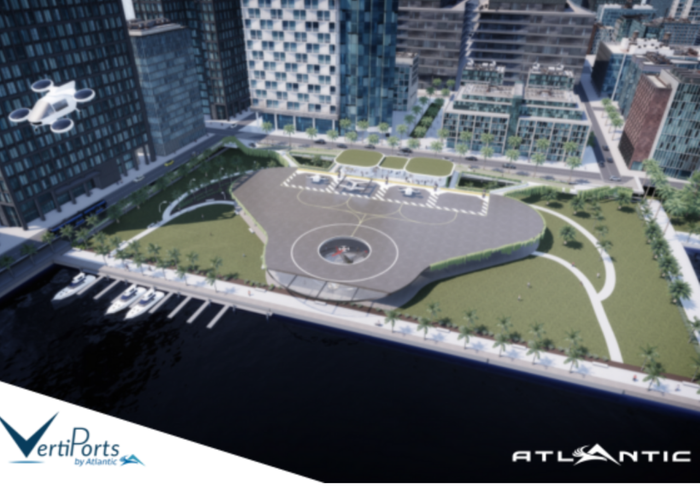Robot Hands Taught to Feel, Mimicking FishRobot Hands Taught to Feel, Mimicking Fish
Engineers used 3D printing and other technologies to develop biomimetic artificial grippers laced with sensors
.jpg?width=1280&auto=webp&quality=95&format=jpg&disable=upscale)
German researchers are drawing inspiration from fish in a pair of projects that aim to give robot hands the ability to feel and to create microfilters capable of straining the smallest particles from wastewater.
The first of these publicly funded projects conducted at the Fraunhofer Institute for Material and Beam Technology IWS in Dresden is called BioGrip. It draws inspiration from the fin ray effect, in which certain fish’s fins react to opposing forces with a grabbing movement instead of an evasive one. The fin ray effect is the basis for robot hands that can feel how tightly they are holding something.
Engineers used 3D printing and other technologies to develop biomimetic artificial grippers laced with sensors, giving them the ability to grip delicately, similar to the human hand. Taking a biological principle, like the fin ray effect, and imitating it technologically, is often referred to as bionics or biologization.
The technology developed in BioGrip holds promise in a variety of applications, including harvesting robots that can pick strawberries without bruising them, Mars rovers that could collect samples with unpredictable shapes and durability and underwater robots that could pick up sea urchins and other ocean life without injury.
In order to feel, the gripper fingers are covered in alternating layers of silver and insulation, which creates a flat capacitor. When an external force pushes the silver layers together, a signal is created, allowing the force acting on the gripper to be determined.
“Technological advances in additive manufacturing now allow us to adapt many more biological concepts than before,” said Fraunhofer mechatronics engineer Hannes Lauer, who oversees the BioGrip project. “Nature is full of solutions. If we as engineers are not making any progress, it is always worth looking at nature's concepts.”
Nature4Nature
Fraunhofer researchers are also looking at fish in their efforts to design new types of filters to prevent sewage treatment plants from releasing microplastics into the environment.
In the Nature4Nature project, scientists are guided by manta rays, paddlefish and other ocean suspension feeders, which use unique structures to sieve food, such as plankton and other microorganisms, out of the seawater. The project is in its early stages, as researchers are still determining which filtration method to follow.
The paddlefish, for example, have naturally grown arches and rakes in their gills. Together, they form stepped structures, which create vortices that drive the food particles between them, where they accumulate. In rays, food particles are bounced off small structures to collect in the pharynx, while the main water current is passed to the outside.
The aim of the project is to transfer these capabilities to self-cleaning filters that sieve microplastic particles from wastewater. Special 3D printers would be used to create the bionic structures. Although still in the prototype phase, backers are convinced the endeavor holds promise.
“Bio innovation processes often take several years and currently still require a lot of support and, above all, interdisciplinary collaboration,” said Moritz Greifzu, Frauhofer group manager for process chains and product design. “The aim is to train a new generation of engineers with a strong network and experience of complete bionic innovation processes.”
About the Author
You May Also Like








